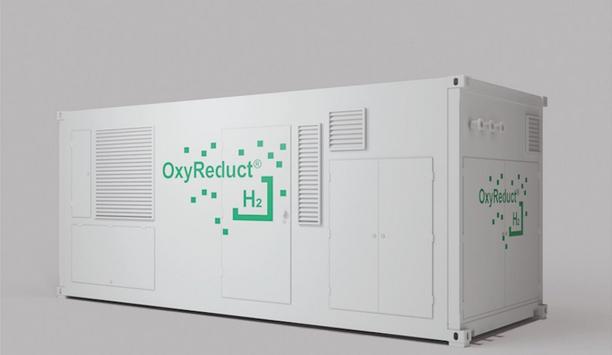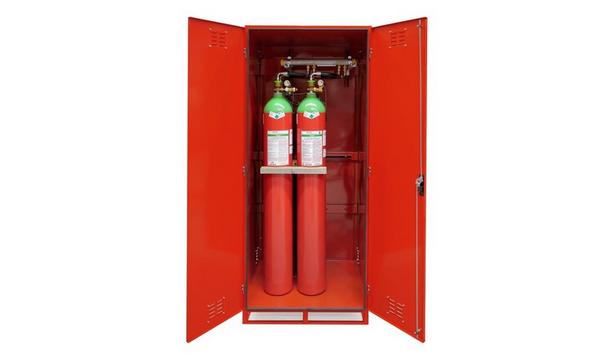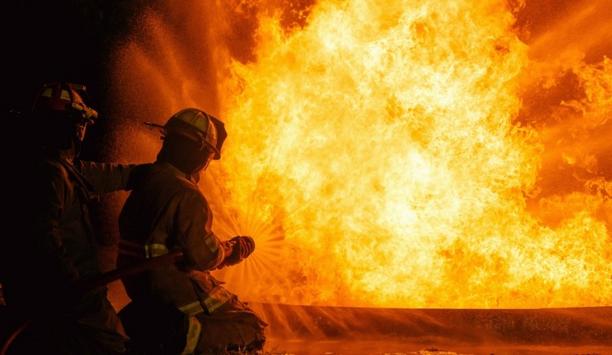 |
| A flare on an offshore oil rig: a new USFA report addresses fire dept operations in maritime areas |
The United States Fire Administration (USFA) released today, as part of the Technical Report Series, a new report entitled Fire Departments and Maritime Interface Area Preparedness. This report addresses fire department preparedness for incidents in maritime areas and the importance of establishing a multiagency response capability that includes law enforcement, the U.S. Coast Guard (USCG), port authorities, the private sector, emergency medical services, and emergency management agencies. Stakeholders in maritime emergency preparedness include Federal, State, and local governments as well as commercial private-sector entities and labor organizations.
"The fire service is always seeking ways to improve its operations and preparedness activities. The fire service continues to be reminded as to the importance of multiagency planning and conducting those actions that prepare fire departments for working with other levels of government in response to very complex infrastructures," said U.S. Deputy Fire Administrator Glenn A. Gaines. "Lessons are learned from each response to an emergency incident. Feedback on incident and command actions shared with the fire service becomes a valuable learning opportunity and enhances everyone's preparedness for such emergencies."
The USFA develops reports on selected major fires throughout the country. Under this project, the USFA also develops special reports addressing a variety of issues that affect the fire service such as homeland security and disaster preparedness, new technologies, training, fireground tactics, and firefighter health and safety. This body of work provides detailed information on the nature of the fire problem and the many types of services provided by fire departments. The information informs policymakers - who must decide on allocations of resources between fire and other pressing problems - and personnel within the fire service, who must decide on how best to improve codes and code enforcement, training, public fire education, building technology, and other related areas.
"These reports provide detailed information for policymakers and individuals within the fire service who can use the information to improve preparedness activities throughout their organizations and communities," continued Gaines.
To download this report, or other USFA Technical Reports, visit the publications section of the USFA website.











